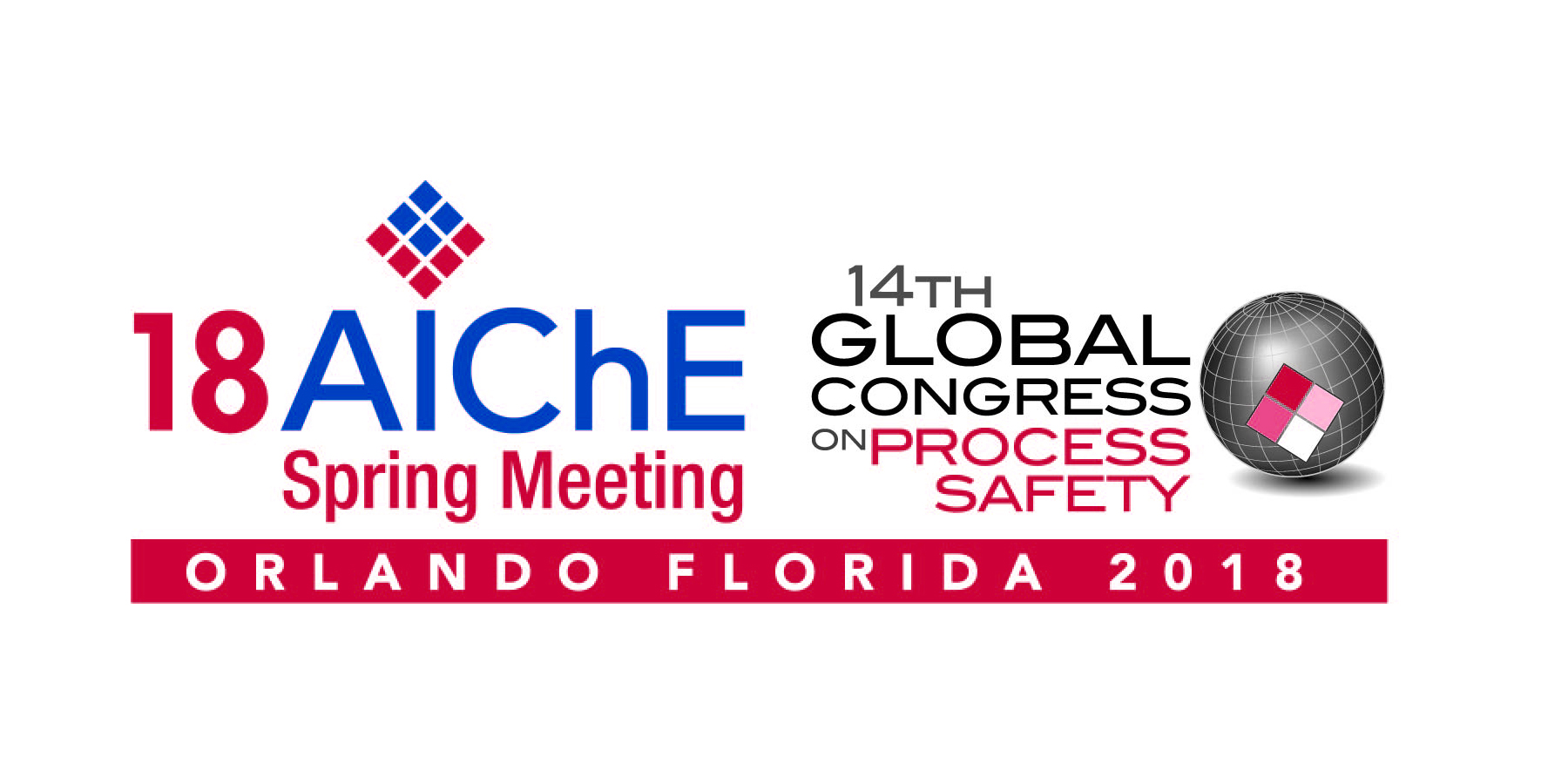

In addition to the regulatory response to the event, as part of the NRC’s platform of continuous improvement, a lessons-learned activity was initiated to explore opportunities for improving the NRC’s regulatory processes for early identification of facility operational issues and preventing such events in the future. The lessons-learned team reviewed numerous documents associated with the event, including: licensee evaluations of the causes and their initial responses to the discovery of the accumulation of material, NRC reactive inspection reports, inspection manuals and procedures, and licensing review guidance. The team also interviewed most regulatory staff (i.e., inspectors, technical reviewers, and program managers) and management associated with fuel facilities to glean insights into the event and identify potential areas for improvement. The identified potential improvements were grouped into five general areas: licensing process, inspection program, operating experience program, roles and responsibilities, and knowledge management.
This paper describes the event, some of the root causes for this event, some of the potential root causes for why the NRC did not identify this condition (and similar conditions at this and other fuel facilities) through its regulatory processes prior to the event, and the potential improvements being considered to enhance these NRC regulatory processes.
Presenter(s)
Language
Pricing
Individuals
| AIChE Member Credits | 0.5 |
| AIChE Pro Members | $19.00 |
| Employees of CCPS Member Companies | Free |
| AIChE Graduate Student Members | Free |
| AIChE Undergraduate Student Members | Free |
| AIChE Explorer Members | $29.00 |
| Non-Members | $29.00 |
